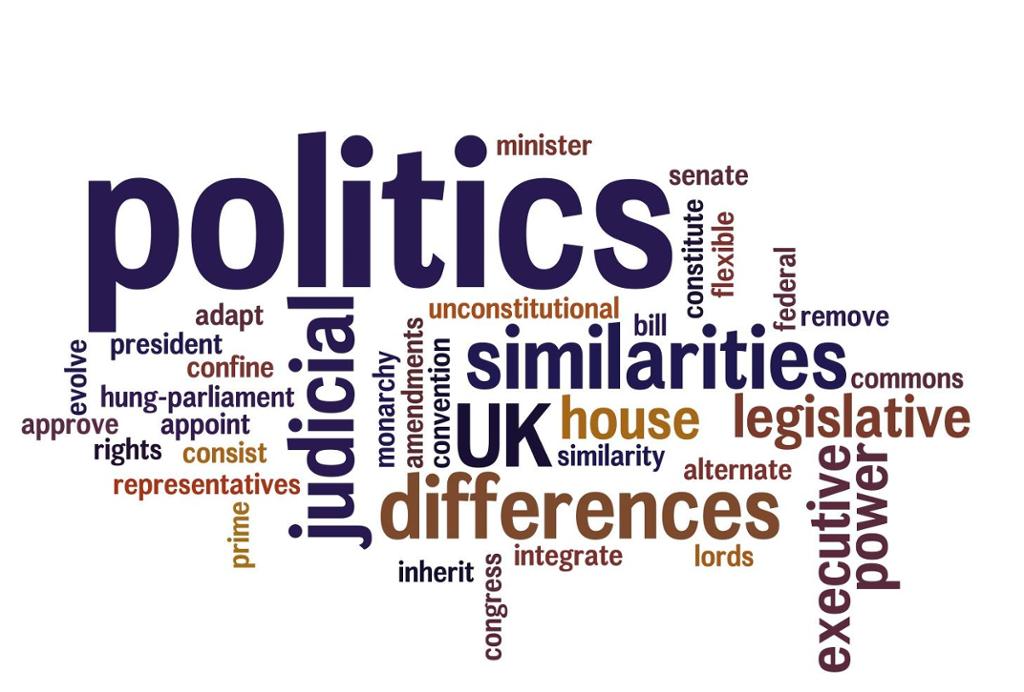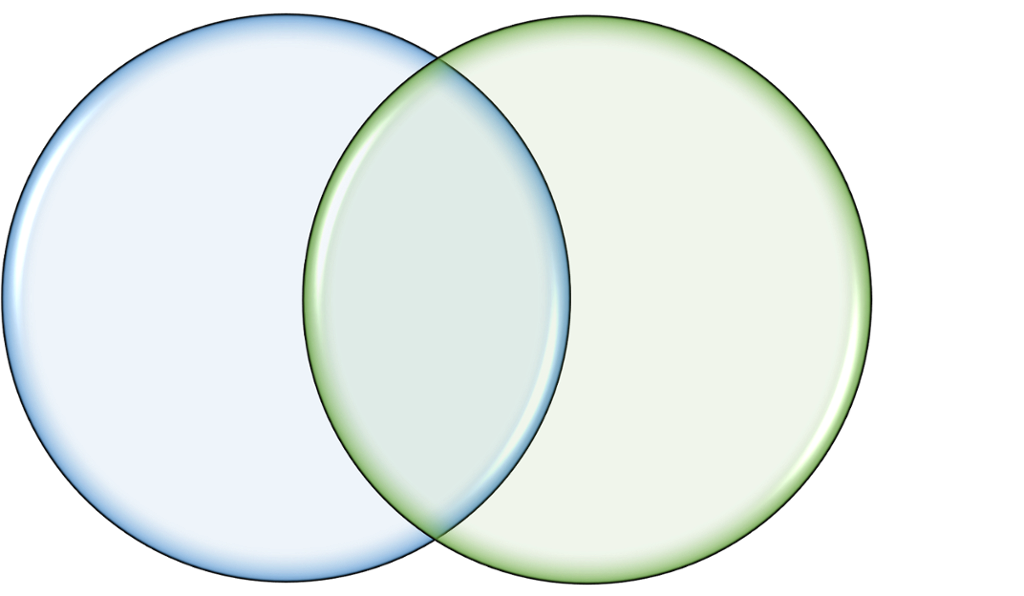Compare Political Systems

Choose two English-speaking countries and compare their political systems and their electoral systems. Possible countries could be Australia, India, the United Kingdom, New Zealand, Nigeria, the United States, or South Africa.
Focus on the different branches of government (executive, legislative, and judicial branch). You could also include information about the electoral system. Pay attention to both similarities and differences.
Make sure to include a discussion of how well you think the systems work. Is one system better than the other? Do you find any democratic flaws in the systems? What challenges are the countries facing?
Here is a list of questions that you may try to answer when you are studying the two systems.
Systems of government
What type of government does the country have? (Federal republic, parliamentary democracy, constitutional monarchy ...?)
Does the country have a constitution? If not, what do they have instead?
Is there a clear separation of powers between the three branches of government? For example, is the president / prime minister a member of the parliament or are they separated from the parliament?
What role does the head of state play in the political system?
Executive branch
Does the country have a prime minister or a president?
How is the prime minister / president elected?
What are the powers of the prime minister / president?
Legislative branch
How is the legislative branch organised? Is it a unicameral or a bicameral system?
If it is a bicameral system, does one house have more power than the other?
How are the representatives elected? Are all members elected or are some people appointed? If so, by whom?
Judicial branch
Who elects the supreme court judges?
How much power does the supreme court have?
Does the supreme court have the power to declare laws unconstitutional?
Parties and elections:
Does the country have a two-party system or multi-party system? How many parties can you vote for in a general election?
How would you describe the voting system in this country? (First-past-the-post, proportional representation, mixed-member proportional ...)
How democratic are the systems?
Are all groups of society proportionally represented in the parliament (women, ethnic minorities, religious minorities, ...)
Are the elections fair and open for all?
Are there examples of voter suppression?
What is the average voter turnout during general elections?
Is there press freedom in this country? Are voters informed about parties, policies, candidates, and the election process itself in an unbiased way? Are voters able to make informed choices?
Are the representatives (legislative branch) and the judges (judicial branch) able to do their job without being pressured or influenced by lobby groups?
Find out where the two countries are placed on the EIU democracy index.
Point out democratic challenges in the two systems. Would you say that one system is more democratic than the other?
You can present your findings in different ways.

Write an expository text where you compare the two systems. Make sure that you include a discussion part at the end where you evaluate positive and negative sides of the systems.
Make a presentation or a short film. Use illustrations and photos to illustrate your points.
Make an informative poster where you present your findings. Use tables of comparison, a Venn diagram, or other graphic ways to compare the two systems.
Link to Create a venn diagram